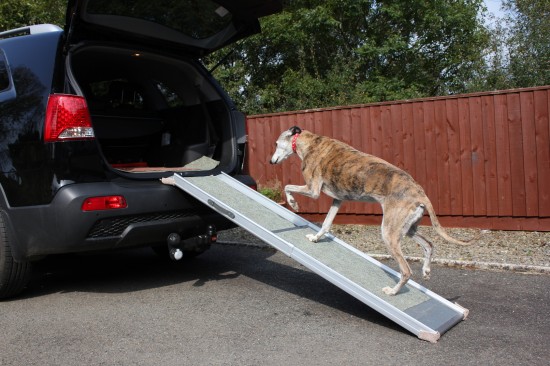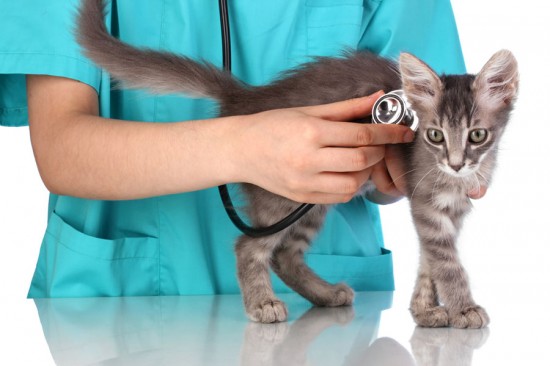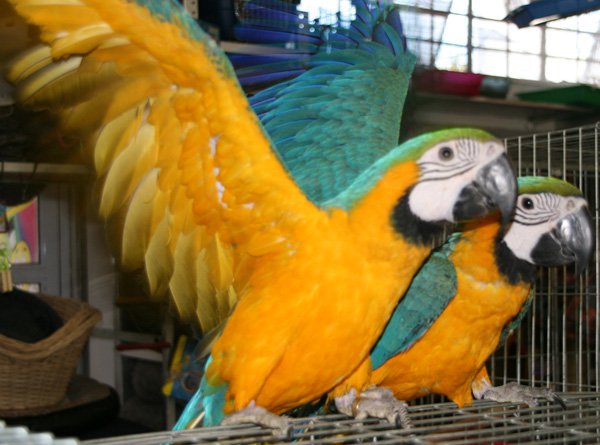
Can fleas live on humans? The answer is, yes they can. Although, they may just be transient guests, finding fleas on humans is not uncommon at all. We think of fleas as a problem limited to our pets, the truth is if there are fleas on your pets, then likely there are fleas in your home and fleas on humans in your home.
Outdoor pets can attract fleas from other outdoor critters including birds, rodents, deer, and turkeys. One of the most common ways that a flea infestation gets started is when they transfer from one host to another. Usually, your pets will transfer fleas between each other. A flea hops off of your dog onto the floor, then it hops onto the other pet. The fleas will eventually lay flea eggs in your carpet.
It's inevitable that as some point in time you will find fleas on humans. They hop from the carpet to a dog or cat or even jump directly onto your legs. If your pet has fleas, you're likely to suffer from flea bites.
You may wake up in the morning with a small, red sore on your skin that itches. Or course it may be a mosquito sting, but they look and itch a bit differently than do bites from fleas on humans. Flea bites are usually smaller than mosquito bites and don't have a persistent itch like a mosquito bite.
It's really not a mystery how you get fleas on humans. Wild animals and any stray pets wandering through your yard can begin fleas. Mice, squirrels and any wild animal can wander through your yard leaving behind fleas. Installing fencing for the purpose of keeping out dogs and cats may actually help keep them out, but it's less likely to help keep fleas out. Smaller rodents can find their way into your fenced yard by crawling under or through the enclosure. Their fleas come through the fence on the back of their furry transport.
Once fleas take hold, it is very difficult to break the cycle. If your dog plays with an infested dog, the fleas will play "leap frog" and jump off one animal to the other. If your dog's new pal has fleas, you can bet they are sharing fleas. When doggie comes back inside, he'll bring in a fresh supply of dog fleas. Once again, the dog fleas jump off the dog, into the carpet and eventually you will find fleas on humans.
When it comes to fleas, your cat will suffer from the same problems your dog does. However, your cat may be more inclined to sleep in your bed with you. Your body provides the fleas on your cat with a new source of blood. They jump off kitty and over onto your soft flesh.
The only thing that attracts fleas on humans is the opportunity for a juicy meal of blood from the human host. Fleas are mostly opportunistic feeders that use their hosts to "hitch a ride".
In order to get rid of fleas and fleas on humans you have to take a multi-pronged approach:
1. Make sure the problem is fleas.
2. Eliminate fleas from your cat or dog.
3. Exterminate fleas in the animal's bedding.
4. Exterminate fleas in your home.
5. Reduce or exterminate fleas outside your home (if your cat or dog goes outdoors.)
6. Practice flea control to prevent new infestations.
Sometimes dogs and cats scratch themselves and lick. This may indicate a flea problem, but the behavior may be symptoms of other problems. Allergies, fungus, mites and even anal glands can make your pet lick and scratch different parts of his body. You need to make sure your pet actually have fleas before you spend a lot of time eliminating them.
Do This Easy Test for Fleas On Your Pet
Go to your local pet store and purchase a pet comb. Take the comb and slowly pull it through your pet's fur. After two or three strokes look at the fur in the comb. Do you see little black or brownish dots-or even a small speck that appears to be there at one moment and gone the next. The red or brown dots are dried blood and the disappearing speck was probably a flea. Now it's relocated itself onto you, or hopped into your carpet.
In order to be free of fleas on humans, you must attack the flea problem on your pet, where your pet sleeps and plays, where flea larvae, or eggs, may be lying dormant. Lastly, you have to make the living environment unfriendly to adult fleas.
There are a lot of products and insecticides on the market that offer help for flea control. However, there are also a lot of products proven to be more of a problem to pets. Some flea insecticides or chemicals making the problem worse by provoking skin problems in your pet, or even making him deathly ill.
Before you purchase anything over-the-counter, talk with your vet about the best approach for flea control. Some products are fine to use with a canine, but can be lethal on your kitty. You need a program that is safe for cats, dogs and humans.
Your vet may offer to treat your pet with a solution that kills fleas. That's probably money well spent, but once your pet is free of fleas, now you have to treat the rest of the environment.
While it may seem like an impossible job, there are products that are totally safe and natural that you can use to clean up a flea problem and prevent future infestations. These products are easy and safe to use in your home around your pets and family members. Be diligent and take preventative steps where you can.
There isn't a real simple way to do all this, but the good news is that once you have the problem under control, you just take simple steps to prevent a new infestation. No more fleas crawling through your carpet and finding fleas on humans. The hard part is over and you can keep fleas from become a big nuisance.
 10 Great Ways To Help Your Dog If They Suffer From Arthritis
10 Great Ways To Help Your Dog If They Suffer From Arthritis
 Why Are Some Cats Sick So Often?
Why Are Some Cats Sick So Often?
 How The American Cocker Spaniel Became Recognised As A Breed In Its Own Right
How The American Cocker Spaniel Became Recognised As A Breed In Its Own Right
 Maintain the aquarium/fish tanks with utmost ease using the right product
Maintain the aquarium/fish tanks with utmost ease using the right product
 What To Do For A Dog That Is Grieving
What To Do For A Dog That Is Grieving
 Hereditary Health And Conformation Issues Of The Bloodhound Dog
Hereditary Health And Conformation Issues Of The Bloodhound Dog
 Vitamins, Minerals And Acids That Support Skin And Coat Health
Vitamins, Mineral
Vitamins, Minerals And Acids That Support Skin And Coat Health
Vitamins, Mineral
 Drying Up A Dog’s Milk Production
Drying Up A Dog’s
Drying Up A Dog’s Milk Production
Drying Up A Dog’s
 Havanese Dog Longevity And Hereditary Health
Havanese Dog Long
Havanese Dog Longevity And Hereditary Health
Havanese Dog Long
 Worming Chickens - Worms And How They Affect Your Chickens Health
Worming Chickens
Worming Chickens - Worms And How They Affect Your Chickens Health
Worming Chickens
 The British Longhair
The breed of longhaired cat the originated in Great Brit
The British Longhair
The breed of longhaired cat the originated in Great Brit
Copyright © 2005-2016 Pet Information All Rights Reserved
Contact us: www162date@outlook.com